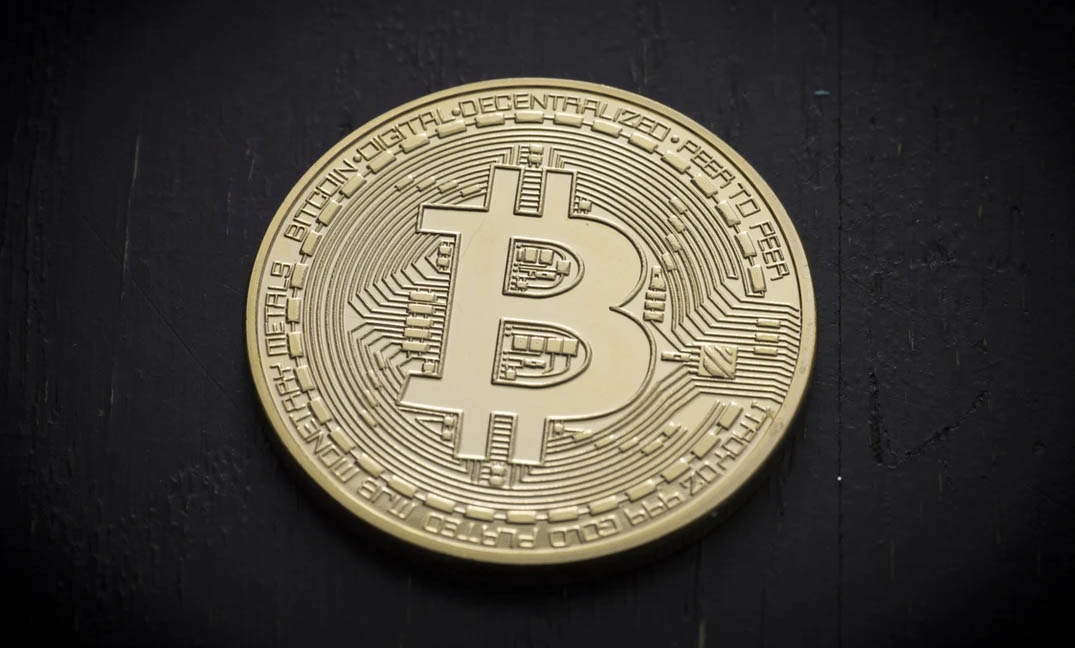
Understanding and Appreciating the Uniqueness of Hawaii
The Hawaiian Islands are popular vacation spots. The tropical climate pairs well with the booming tourist industry to draw people from all over the world to relax on sunny beaches and swim in deep blue waters. For many, Hawaii is a dream vacation. However, the islands are much more than just a hot tourist destination.
This article will explore the state’s emblems, culture, and more to help you further and make your unforgettable Maui snorkeling tour extra special.
State Emblems
Every state in the United States has a unique state flag, flower, and bird. These chosen flora and fauna represent the diversity of the state’s wildlife and plant life. It’s no surprise, then, that one of the most beautiful states has the most beautiful emblems: the Nēnē and the yellow hibiscus.
Hawaii’s chosen state bird is also known as the Hawaiian goose. This goose shared an ancestor with everyone’s least favorite avian neighbor, the Canadian goose. The nēnē is native to Hawaii and is the last of six native geese species.
These geese may not appear to be geese at first and almost look more like ducks. Their necks are much shorter than most other geese, but the confusion swiftly disappears should you see them fly. Their plumage makes it appear as though they are covered in stripes of various colors and sizes.
The beauty of these birds was not always appreciated, and they were valued instead as a meal. The nēnē is a threatened species today, saved from the brink of extinction by conservationists.
The yellow hibiscus represents power and respect, so it’s no surprise that it’s the state’s flower. There are five species of hibiscus native to Hawaii and the yellow hibiscus is one of them. However, despite its status as a state emblem, it is endangered.
It’s a shame that these flowers are so rare because they are large, striking and gorgeous. The vibrant yellow of the flowers contrasts from its red center and highlights the amber pistil. If you ever see one, take a moment to admire the short-lived bloom and count yourself lucky.
We’d be remiss to also mention the fact that Hawaii has a state fish. It makes sense, due to it being a set of islands, but the choice may surprise and delight you. The reef triggerfish, also known as the humuhumunukunukuāpua’a, is a vibrantly colored fish whose name is as fun to pronounce as it is to watch the fish in motion.
Its colors consist of vibrant yellow-orange, blue, black and white, which make it easy to spot as it hunts for invertebrates by shallow outer reefs. It uses its top and bottom fins to swim forward or backward, and it grunts as it runs from predators. Keep an eye out for them if you go snorkeling near their habitats.
Culture
The rich culture of Hawaii is another unique trait of the islands. For example, tourists may see the hula dance as a fun dance to watch or even participate in.
While there’s nothing wrong with this, understanding how culturally significant the hula is will make you appreciate the dance even more. It was once a religious dance performed to honor either the gods or the chiefs. It changed after the islands were colonized and again when the islands began to embrace their culture once again.
Modern hula dances tell a story through hip, arm, and leg movements. The music changed as well, with modern dances using steel guitars and ukuleles when the older religious ones used seed-filled gourds, pahu drums and bamboo sticks.
The hula is only one aspect of greater Hawaiian culture, though its importance can’t be understated. The language is just as important, as is the Aloha Spirit. These, alongside tattooing, making bark cloth and even the acceptance of other cultural traditions and holidays make Hawaiian culture rich and worth appreciating and preserving.
‘Iolani Palace
Not too long ago, Hawaii was an independent nation run by monarchs. In 1882, the ‘Iolani Palace’s construction was complete and the current king of Hawaii and his sister moved in.
The sister succeeded her brother when he passed away, making her Queen Lili’uokalani. She was determined to increase her own political power but her attempts were met with opposition from the Committee of Safety.
They later dethroned both her and the Hawaiian monarchy as a whole. The former queen was later fined and imprisoned when loyalists attempted but failed to place her back on the throne. She spent almost eight months imprisoned in an upstairs bedroom.
Many years later, in 1969, the government of Hawaii left the palace behind for a new capitol building. Once researchers had dug through and found as many historically significant items as they could, a group called the Friends of ‘Iolani Palace began restoring it.
Now anyone can walk through the rooms to see how the last Hawaiian monarchs lived and learn about the tragic past of the islands.
Biodiversity
While it may not seem that way as you float across the ocean’s surface in your favorite bathing suit, the islands of Hawaii are isolated. Many isolated islands have extreme biodiversity as a result, and the islands of Hawaii are no different.
An example is the various bird species. We’ve nēnē, but there are also Laysan Albatrosses, ‘I’iwi, noddies and many more. Some are seabirds who nest on coasts and fly to sea to catch fish while others are birds native to the local forests.
The tropical waters are home to many different creatures, from various sea turtles such as the Green Sea Turtle to seals like the Hawaiian Monk Seal and whales and dolphins like the Humpback Whale.
Whether you seek these creatures out with a whale-watching trip, a snorkeling or scuba diving adventure or by hiking with binoculars, make sure to respect every creature and avoid causing disturbances.
The ecosystem is as fragile as it is unique. This can actually be said of the islands as a whole: unique but fragile tropical paradises to relax and enjoy carefully so the beauty is preserved for future generations to enjoy as well.
Photo: iStock









